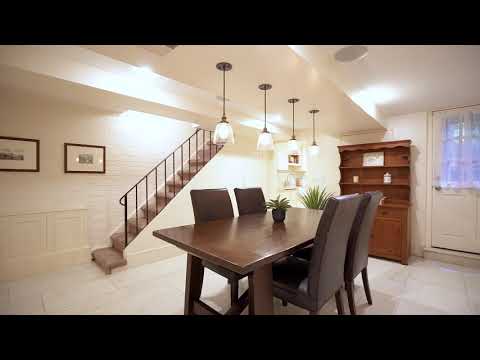By Stephen Fishman
Inman News™
In today’s down market, many homeowners are reluctant to pour more money into their homes. Before deciding whether to replace a roof or merely patch it, homeowner’s should consider the tax implications.
Home improvements — a new bathroom or kitchen, for example — can increase the value of a home and reduce any taxes due on the profit earned from its sale.
Home repairs provide no immediate tax benefits to a homeowner. They are not tax deductible and they are not added to the home’s basis (cost), for tax purposes. As far as taxes go, they are a nonevent. Thus, a homeowner who patches a leaky roof gets not tax benefits.
Home improvements are very different, though. The cost of an improvement is not deductible, but it is added to the home’s basis for tax purposes. For example, the cost of adding a new roof to a home is added to its tax basis. This reduces any taxable gain when the home is sold.
Of course, a substantial amount of gain is usually tax free, anyway, under the home sale tax exclusion: $250,000 for single homeowners and $500,000 for married owners filing jointly. But homeowners with substantial equity can still benefit from an increased tax basis in their homes.
For example, if Joe and Jane purchased their home in 1990 for $250,000 and it is now worthy $1 million, they will have a $750,000 gain. A full $500,000 of this amount is tax-free because Joe and Jane are a married couple and qualify for the tax exclusion.
But this leaves $250,000 subject to taxation. If Joe and Jan had spent $250,000 adding improvements to their home, they would have no taxable gain. This is because the $250,000 is added to the home’s original $250,000 basis, providing an adjusted tax basis of $500,000.
As a result, their gain on the sale would only be $500,000, not $750,000; and this entire gain would be tax-free because of the $500,000 exclusion.
So how do you tell the difference between an improvement and a repair? Here’s the basic rule provided by the Internal Revenue Service: A repair keeps a homeowner’s property in good operating condition but it does not:
-Materially add to the value of the property
-Substantially prolong its useful life, or
-Make it more useful (see: Treasury Regulations, Subchapter A, Section 1.162-4).
In contrast, an improvement adds to the value of a homeowner’s property, prolongs its life, or adapts it to new uses.
The problem with this definition is that virtually all repairs increase both the value and useful life of the property being repaired. The key difference between a repair and an improvement is that a repair merely returns property to more-or-less the state it was in before it stopped working properly. The property is not substantially more valuable, long-lived, or useful than it was before the need for the repair arose.
In contrast, an improvement makes property substantially more valuable and/or long-lived or useful than it was before the improvement.
You need to compare the situation before and after you made the expenditure involved. Have you just returned your property to the state it was in before the need for the repair arose? Or, have you made it much better?
If the answer to the first question is “yes,” you’ve repaired the home. If the answer to the second question is “yes,” it’s a home improvement.
Good examples of repairs include repainting a home, fixing gutters or floors, fixing leaks, plastering, and replacing broken windows. Examples of improvements include adding a deck to a home, a new bathroom, installing a new heating system, or putting on a new roof.
Jennifer Young Homes’ 10th Annual Coat Drive: Spreading Warmth and Joy This Holiday Season
As the leaves turn golden and the temperatures drop, the spirit of giving is in the air. It's officially fall, and Jennifer Young Homes is excited to announce the launch of our 10th Annual Coat Drive! Every year, we're deeply grateful for your incredible generosity,...

